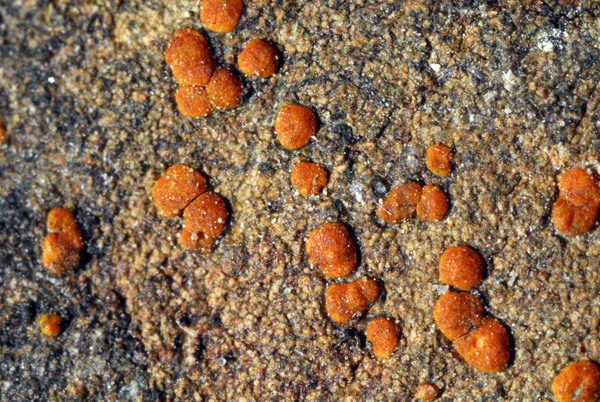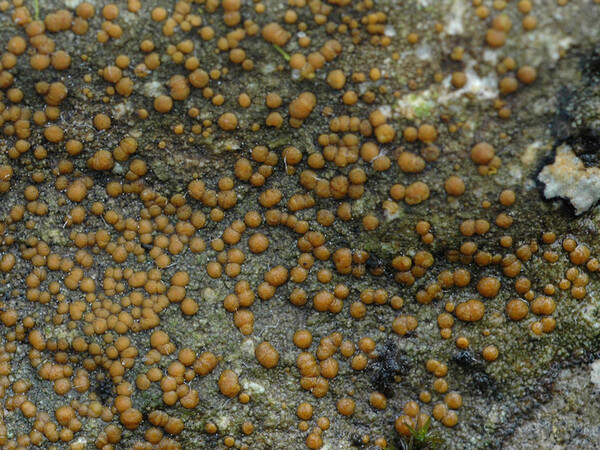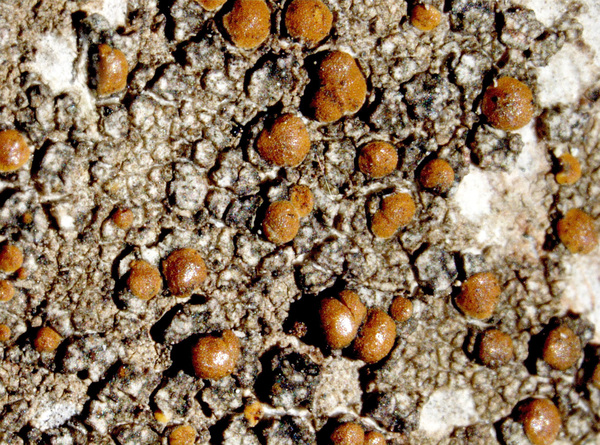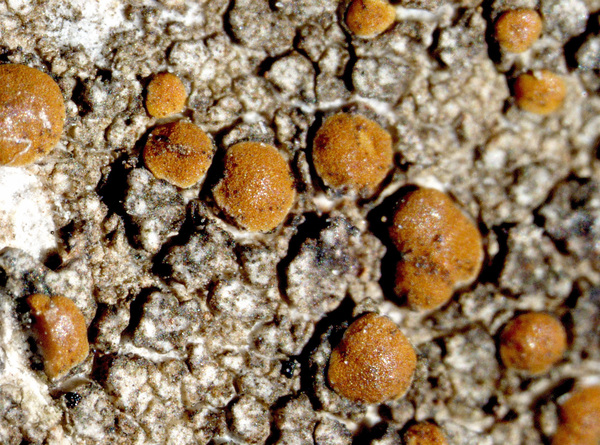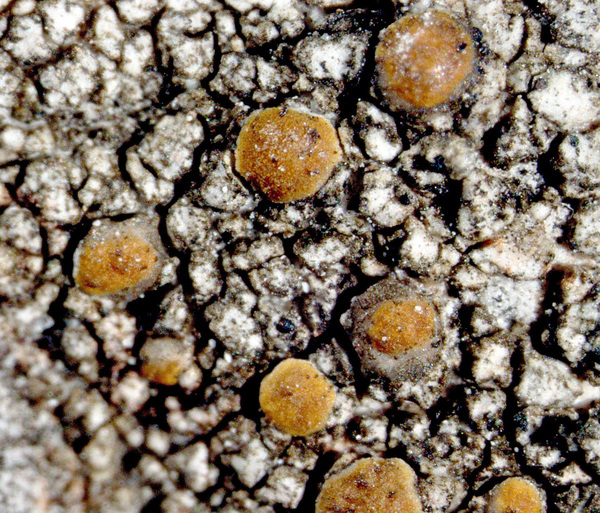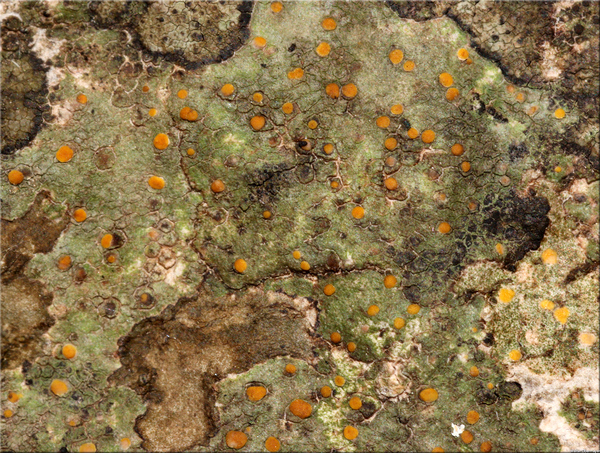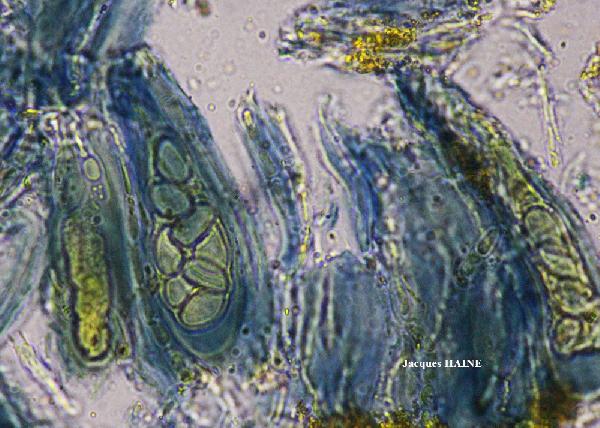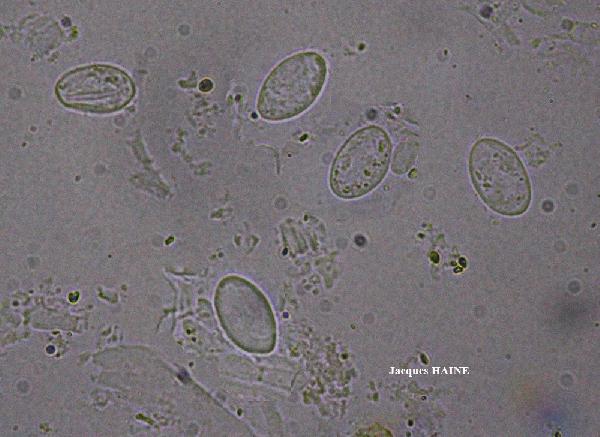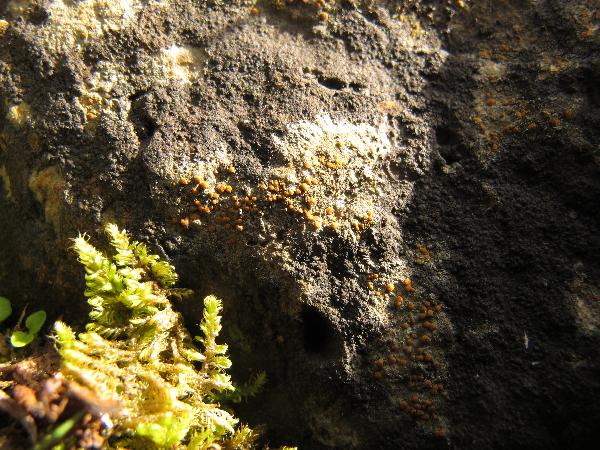Protoblastenia rupestris (Scop.) J. Steiner subsp. rupestris
Verh. zool.-bot. Ges. Wien, 61: 47, 1911. Basionym: Lichen rupestris Scop. - Fl. Carniol., 2 ed., 1: 363, 1772.
Synonyms: Biatora irrubata (Ach.) Kernst.; Biatora rupestris (Scop.) Fr.; Biatora similis A. Massal.?; Biatora viridiflavescens (Wulfen) Fr.; Blastenia rupestris (Scop.) Zahlbr.; Lecanora irrubata (Ach.) Nyl.; Lecidea rupestris (Scop.) Ach.; Placodium rupestre (Scop.) Branth & Rostr.; Protoblastenia rupestris (Scop.) J. Steiner var. rupestris; Protoblastenia rupestris var. irrubata (Ach.) Szatala
Distribution: N - VG (Castello 2002, Martellos & Castello 2004), Frl, Ven (Nascimbene & Caniglia 2003c, Nascimbene 2005c, 2008, 2008c, Nascimbene & Marini 2007, Brackel 2013), TAA (De Benetti & Caniglia 1993, Nascimbene 2003, 2005b, 2008b, Nascimbene & al. 2022), Lomb (Gheza & al. 2023), Piem (Isocrono & al. 2004, Morisi 2005), Emil (Nimis & al. 1996, Fariselli & al. 2020, Brackel 2025), Lig (Valcuvia & al. 2000, Kainz & Rambold 2004, Giordani & al. 2016, 2025). C - Tosc, Marc (Nimis & Tretiach 1999), Umb (Nimis & Tretiach 1999, Ravera & al. 2006, Panfili 2007), Laz (Nimis & Tretiach 2004, Brackel 2015), Abr (Nimis & Tretiach 1999, Gheza & al. 2021), Mol (Nimis & Tretiach, 1999, 2004, Caporale & al. 2008, Brackel 2020), Sar. S - Camp (Aprile & al. 2002, 2003b, Nimis & Tretiach 2004, Garofalo & al. 2010, Catalano & al. 2016), Pugl (Nimis & Tretiach 1999), Bas (Potenza 2006), Cal (Puntillo 1996), Si (Nimis & al. 1994, Ottonello & Salone 1994, Ottonello & al. 1994, Caniglia & Grillo 2001, 2006, Grillo & Caniglia 2004, Brackel 2008b).
Description: Thallus crustose, episubstratic, 0.1-0.3 mm thick, finely rimose to areolate, grey to olivaceous brown, the areoles angular, flat to slightly convex, up to 0.5 mm wide. Apothecia biatorine, frequent, scattered to crowded, sessile and not constricted at base, (0.25-)0.4-0.7(-0.9) mm across, bright orange, dirty orange to finally brownish orange, flat to usually moderately convex, the margin indistinct, becoming excluded. Proper exciple thin, colourless to patchily pale orange, with parallel-radiating hyphae; epithecium orange to brown-orange, 8-12 µm high, with granular crystals reacting K+ purple-red, N-; hymenium colourless to pale yellow, 70-120 µm high; paraphyses coherent, branched and anastomosing, 2-4 µm thick, the apical cells slightly swollen, up to 4.5 µm wide; hypothecium colourless or very pale yellow-orange, patchily pigmented. Asci 8-spored, clavate, with a well-developed, amyloid tholus containing a more intensely amyloid, indistinct tube structure, without an ocular chamber, approximating the Porpidia- or Psora-types. Ascospores 1-celled, hyaline, ellipsoid to ovoid, (8-)11-15(-17) x (5-)6-8(-9) µm, without a distinct perispore. Photobiont chlorococcoid. Spot tests: thallus K-, C-, KC-, P-; apothecia K+ purple-red. Chemistry: apothecia with anthraquinones, mainly parietin. Note: a common and ecologically wide-ranging species, most frequent on faces of calciferous rocks wetted by rain near the ground, an early coloniser of several substrata, from mortar-cement to basic siliceous pebbles, often found also in urban areas, most frequent below the subalpine belt.
Growth form: Crustose
Substrata: rocks
Photobiont: green algae other than Trentepohlia
Reproductive strategy: mainly sexual
Pioneer species
Commonnes-rarity: (info)
Alpine belt: absent
Subalpine belt: extremely rare
Oromediterranean belt: extremely rare
Montane belt: rather rare
Submediterranean belt: very common
Padanian area: extremely rare
Humid submediterranean belt: very common
Humid mediterranean belt: rather common
Dry mediterranean belt: rather rare
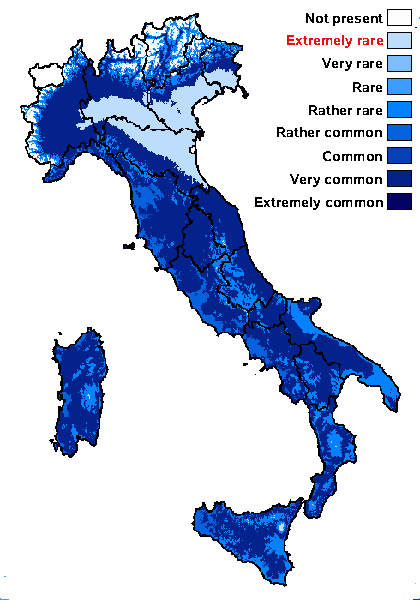
Predictive model
Herbarium samples
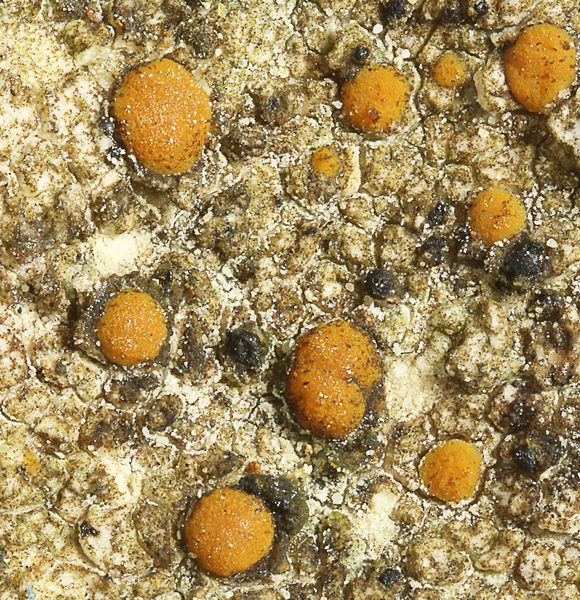

Felix Schumm CC BY-SA 4.0
[19650], Germany, Baden-Württemberg, Ostalbkreis, auf dem Schönberg zwischen Wißgolding und Tannweiler, sonnige Wachholderheide, auf am Boden liegenden Kalksteinchen; TK 7224/4; 48°44.130’ N, 9°49.786’ E, 628 m. Leg. et det. F. Schumm 31.7.2017.


P.L. Nimis; Owner: Department of Life Sciences, University of Trieste
Herbarium: TSB (13898)
2001/11/29


P.L. Nimis; Owner: Department of Life Sciences, University of Trieste
Italy, Friuli Venezia Giulia, Udine, Bosco della Stua, Lago di Sauris, 1000m
09.09.2016
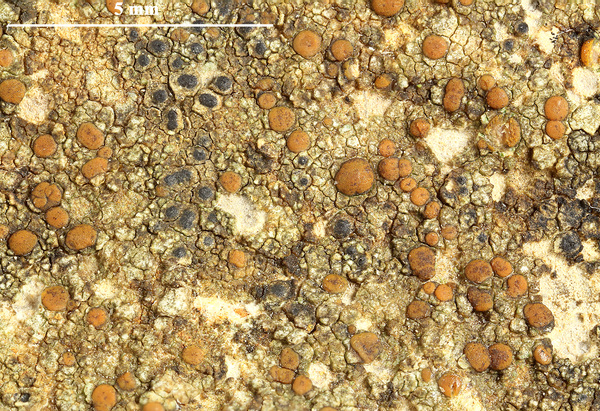

Felix Schumm - CC BY-SA 4.0
[19650], Germany, Baden-Württemberg, Ostalbkreis, auf dem Schönberg zwischen Wißgolding und Tannweiler, sonnige Wachholderheide, auf am Boden liegenden Kalksteinchen; TK 7224/4; 48°44.130’ N, 9°49.786’ E, 628 m. Leg. et det. F. Schumm 31.7.2017.
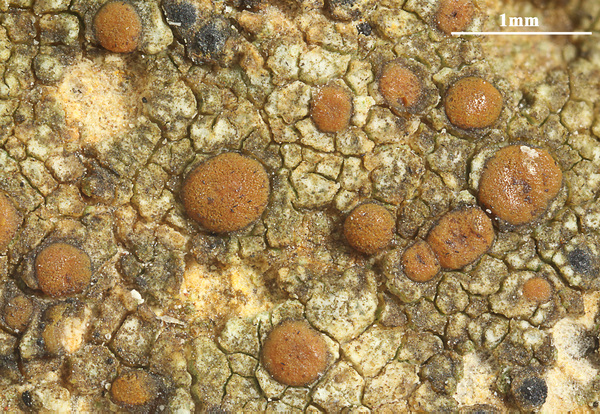

Felix Schumm - CC BY-SA 4.0
[19650], Germany, Baden-Württemberg, Ostalbkreis, auf dem Schönberg zwischen Wißgolding und Tannweiler, sonnige Wachholderheide, auf am Boden liegenden Kalksteinchen; TK 7224/4; 48°44.130’ N, 9°49.786’ E, 628 m. Leg. et det. F. Schumm 31.7.2017.
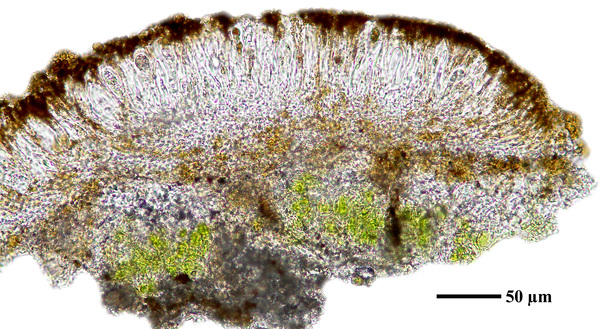

Felix Schumm - CC BY-SA 4.0
[19650], Germany, Baden-Württemberg, Ostalbkreis, auf dem Schönberg zwischen Wißgolding und Tannweiler, sonnige Wachholderheide, auf am Boden liegenden Kalksteinchen; TK 7224/4; 48°44.130’ N, 9°49.786’ E, 628 m. Leg. et det. F. Schumm 31.7.2017.
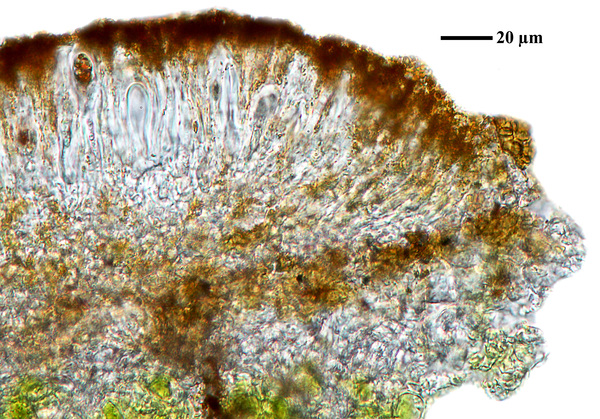

Felix Schumm - CC BY-SA 4.0
[19650], Germany, Baden-Württemberg, Ostalbkreis, auf dem Schönberg zwischen Wißgolding und Tannweiler, sonnige Wachholderheide, auf am Boden liegenden Kalksteinchen; TK 7224/4; 48°44.130’ N, 9°49.786’ E, 628 m. Leg. et det. F. Schumm 31.7.2017.
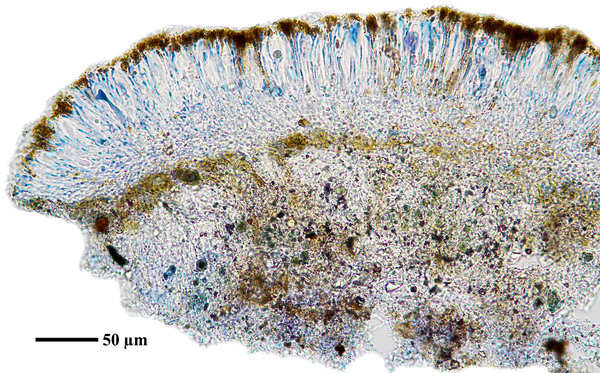

Felix Schumm - CC BY-SA 4.0
[19650], Germany, Baden-Württemberg, Ostalbkreis, auf dem Schönberg zwischen Wißgolding und Tannweiler, sonnige Wachholderheide, auf am Boden liegenden Kalksteinchen; TK 7224/4; 48°44.130’ N, 9°49.786’ E, 628 m. Leg. et det. F. Schumm 31.7.2017.
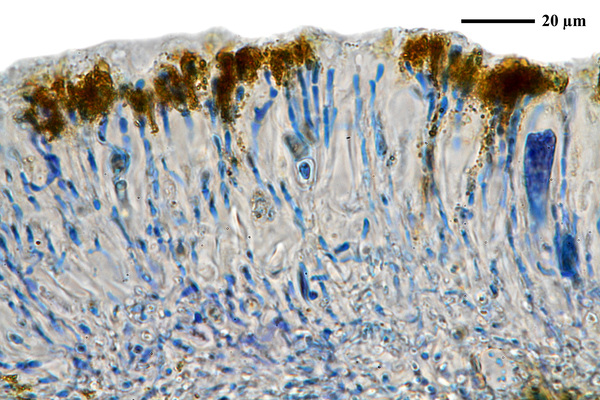

Felix Schumm - CC BY-SA 4.0
[19650], Germany, Baden-Württemberg, Ostalbkreis, auf dem Schönberg zwischen Wißgolding und Tannweiler, sonnige Wachholderheide, auf am Boden liegenden Kalksteinchen; TK 7224/4; 48°44.130’ N, 9°49.786’ E, 628 m. Leg. et det. F. Schumm 31.7.2017.
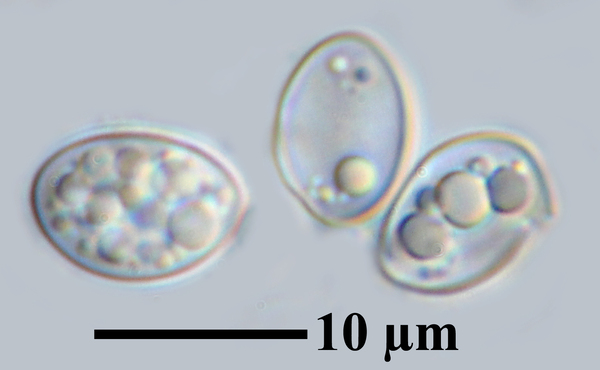

Felix Schumm - CC BY-SA 4.0
[19650], Germany, Baden-Württemberg, Ostalbkreis, auf dem Schönberg zwischen Wißgolding und Tannweiler, sonnige Wachholderheide, auf am Boden liegenden Kalksteinchen; TK 7224/4; 48°44.130’ N, 9°49.786’ E, 628 m. Leg. et det. F. Schumm 31.7.2017.
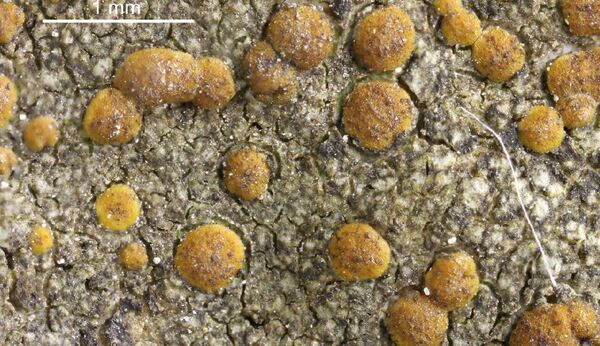

Felix Schumm – CC BY-SA 4.0
[16505], Germany, Baden-Württemberg, Kreis Göppingen, Gosbach- Bad Ditzenbach, Tierstein, 48,57461° N, 9,68471° E, 737 m, auf Kalkfelsen am Albrand. Leg. et det. Schumm 20.06.2010
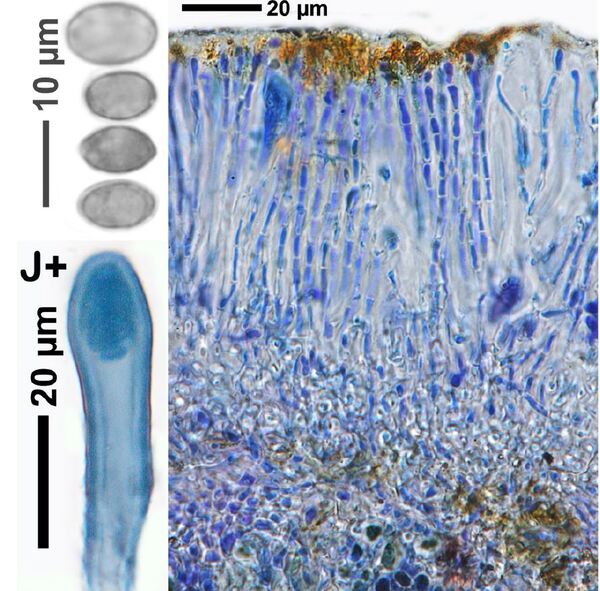

Felix Schumm – CC BY-SA 4.0
[16505], Germany, Baden-Württemberg, Kreis Göppingen, Gosbach- Bad Ditzenbach, Tierstein, 48,57461° N, 9,68471° E, 737 m, auf Kalkfelsen am Albrand. Leg. et det. Schumm 20.06.2010
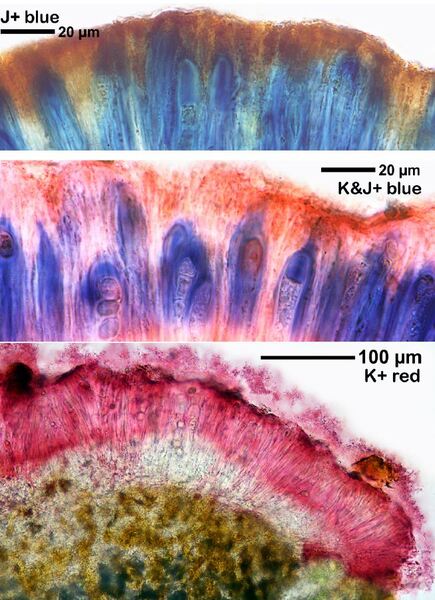

Felix Schumm – CC BY-SA 4.0
[16505], Germany, Baden-Württemberg, Kreis Göppingen, Gosbach- Bad Ditzenbach, Tierstein, 48,57461° N, 9,68471° E, 737 m, auf Kalkfelsen am Albrand. Leg. et det. Schumm 20.06.2010
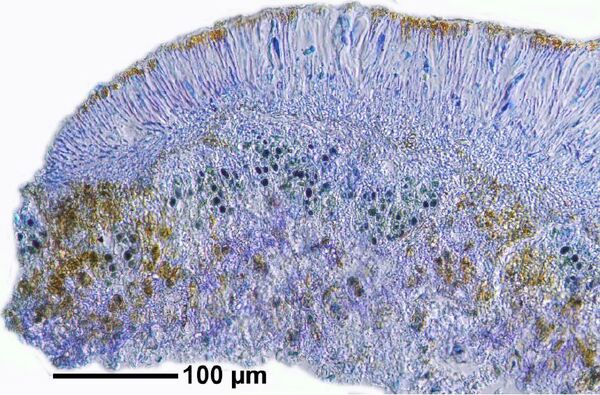

Felix Schumm – CC BY-SA 4.0
[16505], Germany, Baden-Württemberg, Kreis Göppingen, Gosbach- Bad Ditzenbach, Tierstein, 48,57461° N, 9,68471° E, 737 m, auf Kalkfelsen am Albrand. Leg. et det. Schumm 20.06.2010
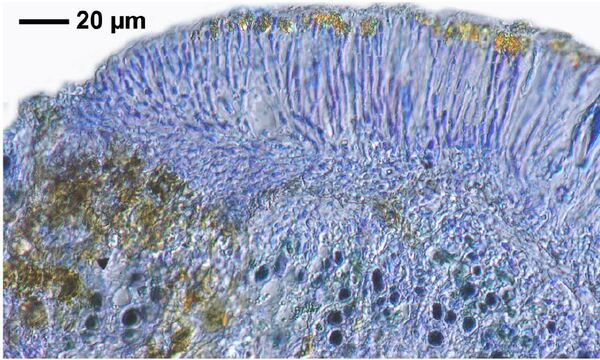

Felix Schumm – CC BY-SA 4.0
[16505], Germany, Baden-Württemberg, Kreis Göppingen, Gosbach- Bad Ditzenbach, Tierstein, 48,57461° N, 9,68471° E, 737 m, auf Kalkfelsen am Albrand. Leg. et det. Schumm 20.06.2010


Felix Schumm – CC BY-SA 4.0
[19650], Germany, Baden-Württemberg, Ostalbkreis, auf dem Schönberg zwischen Wißgolding und Tannweiler, sonnige Wachholderheide, auf am Boden liegenden Kalksteinchen; TK 7224/4; 48°44.130’ N, 9°49.786’ E, 628 m. Leg. et det. F. Schumm 31.7.2017
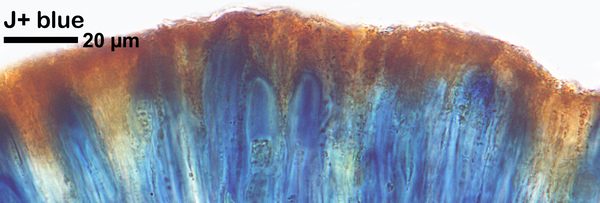

Felix Schumm CC BY-SA 4.0
[16505], Germany, Baden-Württemberg, Kreis Göppingen, Gosbach- Bad Ditzenbach, Tierstein, 48,57461° N, 9,68471° E, 737 m, auf Kalkfelsen am Albrand. Leg. et det. Schumm 20.06.2010
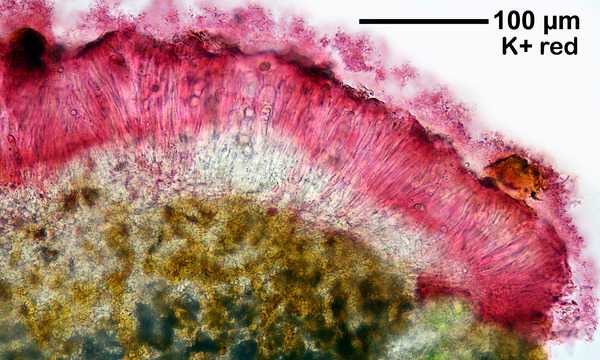

Felix Schumm CC BY-SA 4.0
[16505], Germany, Baden-Württemberg, Kreis Göppingen, Gosbach- Bad Ditzenbach, Tierstein, 48,57461° N, 9,68471° E, 737 m, auf Kalkfelsen am Albrand. Leg. et det. Schumm 20.06.2010
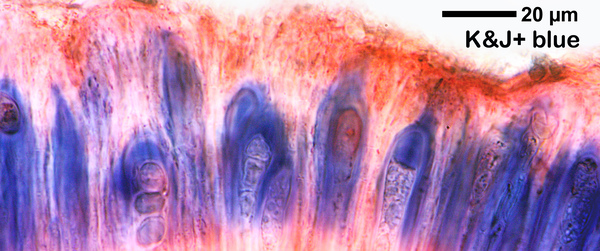

Felix Schumm CC BY-SA 4.0
[16505], Germany, Baden-Württemberg, Kreis Göppingen, Gosbach- Bad Ditzenbach, Tierstein, 48,57461° N, 9,68471° E, 737 m, auf Kalkfelsen am Albrand. Leg. et det. Schumm 20.06.2010
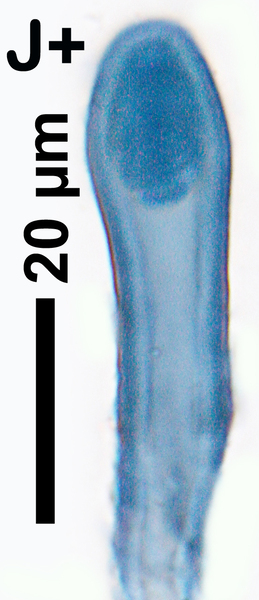

Felix Schumm CC BY-SA 4.0
[16505], Germany, Baden-Württemberg, Kreis Göppingen, Gosbach- Bad Ditzenbach, Tierstein, 48,57461° N, 9,68471° E, 737 m, auf Kalkfelsen am Albrand. Leg. et det. Schumm 20.06.2010
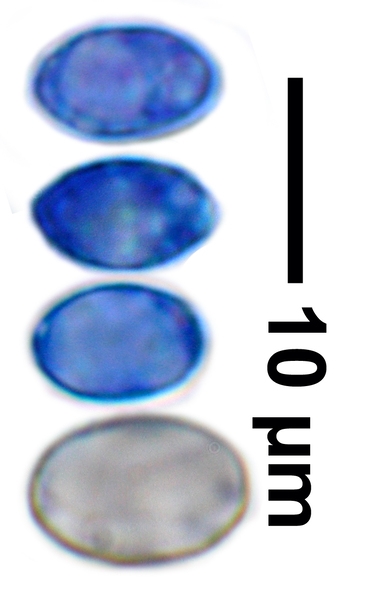

Felix Schumm CC BY-SA 4.0
[16505], Germany, Baden-Württemberg, Kreis Göppingen, Gosbach- Bad Ditzenbach, Tierstein, 48,57461° N, 9,68471° E, 737 m, auf Kalkfelsen am Albrand. Leg. et det. Schumm 20.06.2010
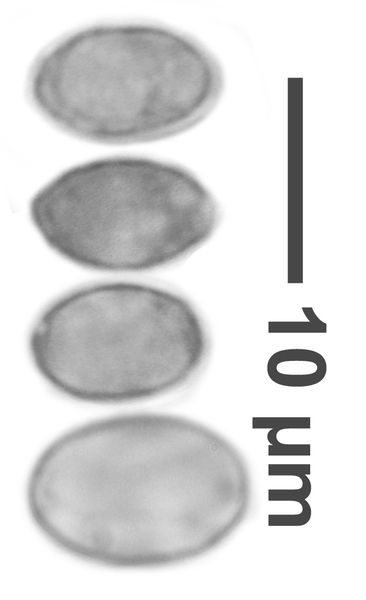

Felix Schumm CC BY-SA 4.0
[16505], Germany, Baden-Württemberg, Kreis Göppingen, Gosbach- Bad Ditzenbach, Tierstein, 48,57461° N, 9,68471° E, 737 m, auf Kalkfelsen am Albrand. Leg. et det. Schumm 20.06.2010
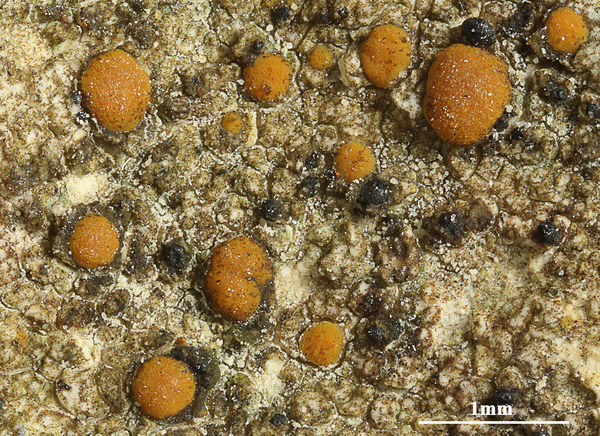

Felix Schumm - CC BY-SA 4.0
[19650], Germany, Baden-Württemberg, Ostalbkreis, auf dem Schönberg zwischen Wißgolding und Tannweiler, sonnige Wachholderheide, auf am Boden liegenden Kalksteinchen; TK 7224/4; 48°44.130’ N, 9°49.786’ E, 628 m. Leg. et det. F. Schumm 31.7.2017.
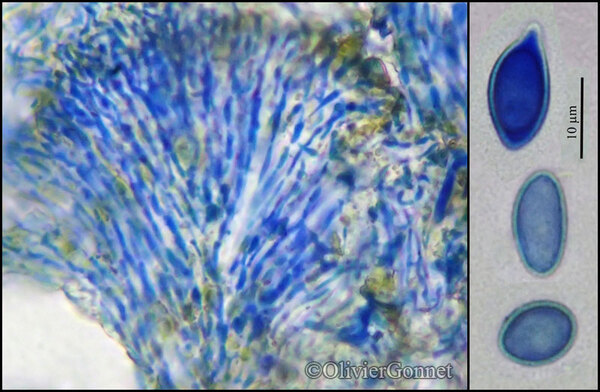
Courtesy Danièle et Olivier Gonnet - Source: https://www.afl-lichenologie.fr/Photos_AFL/Photos_AFL_P/Protoblastenia_rupestris.htm
France, 2014 - Mont Cenis - Haute-Savoie
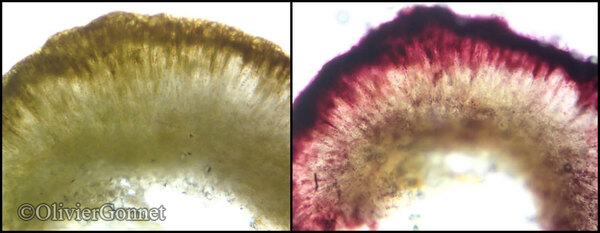
Courtesy Danièle et Olivier Gonnet - Source: https://www.afl-lichenologie.fr/Photos_AFL/Photos_AFL_P/Protoblastenia_rupestris.htm
France, 2014 - Mont Cenis - Haute-Savoie

Bernard Bouffinier - Source: http://www.lichensmaritimes.org/index.php?task=fiche&lichen=355&lang=en
France, Landevennec

Bernard Bouffinier - Source: http://www.lichensmaritimes.org/index.php?task=fiche&lichen=355&lang=en
France, St. Cadou
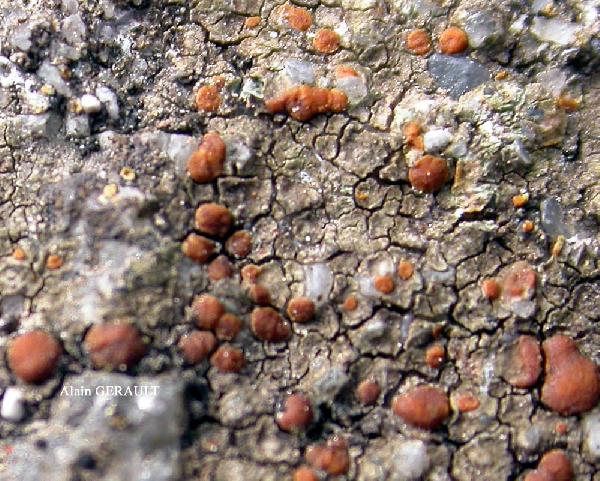
Bernard Bouffinier - Source: http://www.lichensmaritimes.org/index.php?task=fiche&lichen=355&lang=en
France, Brest
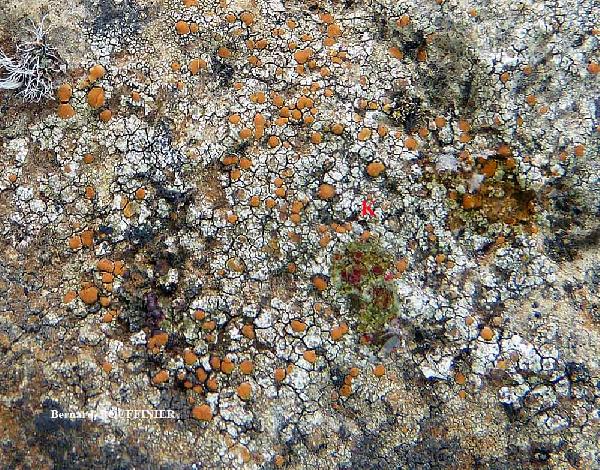
Bernard Bouffinier - Source: http://www.lichensmaritimes.org/index.php?task=fiche&lichen=355&lang=en
France, Landevennec

Ulrich Kirschbaum CC BY-SA 4.0 - Source: https://www.thm.de/lse/ulrich-kirschbaum/flechtenbilder
Central Europe; Germany: Hesse. (Collected by M. Heerd on Muschelkalk).
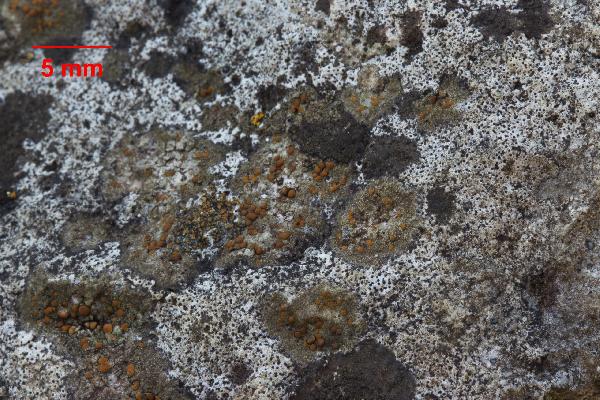
Marta González Garcia - Centro de Estudios Micologicos Asturianos
Spain, Jardín Botánico de Gijón (Asturias), 22-1-2022, en rocas calizas, leg & det. Marta González, ERD-9207, junto a Verrucaria nigrescens.

Marta González Garcia - Centro de Estudios Micologicos Asturianos
Spain, Jardín Botánico de Gijón (Asturias), 22-1-2022, en rocas calizas, leg & det. Marta González, ERD-9207, junto a Verrucaria nigrescens.
Growth form: Crustose
Substrata: rocks
Photobiont: green algae other than Trentepohlia
Reproductive strategy: mainly sexual
Pioneer species
Commonnes-rarity: (info)
Alpine belt: absent
Subalpine belt: extremely rare
Oromediterranean belt: extremely rare
Montane belt: rather rare
Submediterranean belt: very common
Padanian area: extremely rare
Humid submediterranean belt: very common
Humid mediterranean belt: rather common
Dry mediterranean belt: rather rare

Predictive model
| Herbarium samples |


Felix Schumm CC BY-SA 4.0
[19650], Germany, Baden-Württemberg, Ostalbkreis, auf dem Schönberg zwischen Wißgolding und Tannweiler, sonnige Wachholderheide, auf am Boden liegenden Kalksteinchen; TK 7224/4; 48°44.130’ N, 9°49.786’ E, 628 m. Leg. et det. F. Schumm 31.7.2017.


P.L. Nimis; Owner: Department of Life Sciences, University of Trieste
Herbarium: TSB (13898)
2001/11/29


P.L. Nimis; Owner: Department of Life Sciences, University of Trieste
Italy, Friuli Venezia Giulia, Udine, Bosco della Stua, Lago di Sauris, 1000m
09.09.2016


Felix Schumm - CC BY-SA 4.0
[19650], Germany, Baden-Württemberg, Ostalbkreis, auf dem Schönberg zwischen Wißgolding und Tannweiler, sonnige Wachholderheide, auf am Boden liegenden Kalksteinchen; TK 7224/4; 48°44.130’ N, 9°49.786’ E, 628 m. Leg. et det. F. Schumm 31.7.2017.


Felix Schumm - CC BY-SA 4.0
[19650], Germany, Baden-Württemberg, Ostalbkreis, auf dem Schönberg zwischen Wißgolding und Tannweiler, sonnige Wachholderheide, auf am Boden liegenden Kalksteinchen; TK 7224/4; 48°44.130’ N, 9°49.786’ E, 628 m. Leg. et det. F. Schumm 31.7.2017.


Felix Schumm - CC BY-SA 4.0
[19650], Germany, Baden-Württemberg, Ostalbkreis, auf dem Schönberg zwischen Wißgolding und Tannweiler, sonnige Wachholderheide, auf am Boden liegenden Kalksteinchen; TK 7224/4; 48°44.130’ N, 9°49.786’ E, 628 m. Leg. et det. F. Schumm 31.7.2017.


Felix Schumm - CC BY-SA 4.0
[19650], Germany, Baden-Württemberg, Ostalbkreis, auf dem Schönberg zwischen Wißgolding und Tannweiler, sonnige Wachholderheide, auf am Boden liegenden Kalksteinchen; TK 7224/4; 48°44.130’ N, 9°49.786’ E, 628 m. Leg. et det. F. Schumm 31.7.2017.


Felix Schumm - CC BY-SA 4.0
[19650], Germany, Baden-Württemberg, Ostalbkreis, auf dem Schönberg zwischen Wißgolding und Tannweiler, sonnige Wachholderheide, auf am Boden liegenden Kalksteinchen; TK 7224/4; 48°44.130’ N, 9°49.786’ E, 628 m. Leg. et det. F. Schumm 31.7.2017.


Felix Schumm - CC BY-SA 4.0
[19650], Germany, Baden-Württemberg, Ostalbkreis, auf dem Schönberg zwischen Wißgolding und Tannweiler, sonnige Wachholderheide, auf am Boden liegenden Kalksteinchen; TK 7224/4; 48°44.130’ N, 9°49.786’ E, 628 m. Leg. et det. F. Schumm 31.7.2017.


Felix Schumm - CC BY-SA 4.0
[19650], Germany, Baden-Württemberg, Ostalbkreis, auf dem Schönberg zwischen Wißgolding und Tannweiler, sonnige Wachholderheide, auf am Boden liegenden Kalksteinchen; TK 7224/4; 48°44.130’ N, 9°49.786’ E, 628 m. Leg. et det. F. Schumm 31.7.2017.


Felix Schumm – CC BY-SA 4.0
[16505], Germany, Baden-Württemberg, Kreis Göppingen, Gosbach- Bad Ditzenbach, Tierstein, 48,57461° N, 9,68471° E, 737 m, auf Kalkfelsen am Albrand. Leg. et det. Schumm 20.06.2010


Felix Schumm – CC BY-SA 4.0
[16505], Germany, Baden-Württemberg, Kreis Göppingen, Gosbach- Bad Ditzenbach, Tierstein, 48,57461° N, 9,68471° E, 737 m, auf Kalkfelsen am Albrand. Leg. et det. Schumm 20.06.2010


Felix Schumm – CC BY-SA 4.0
[16505], Germany, Baden-Württemberg, Kreis Göppingen, Gosbach- Bad Ditzenbach, Tierstein, 48,57461° N, 9,68471° E, 737 m, auf Kalkfelsen am Albrand. Leg. et det. Schumm 20.06.2010


Felix Schumm – CC BY-SA 4.0
[16505], Germany, Baden-Württemberg, Kreis Göppingen, Gosbach- Bad Ditzenbach, Tierstein, 48,57461° N, 9,68471° E, 737 m, auf Kalkfelsen am Albrand. Leg. et det. Schumm 20.06.2010


Felix Schumm – CC BY-SA 4.0
[16505], Germany, Baden-Württemberg, Kreis Göppingen, Gosbach- Bad Ditzenbach, Tierstein, 48,57461° N, 9,68471° E, 737 m, auf Kalkfelsen am Albrand. Leg. et det. Schumm 20.06.2010


Felix Schumm – CC BY-SA 4.0
[19650], Germany, Baden-Württemberg, Ostalbkreis, auf dem Schönberg zwischen Wißgolding und Tannweiler, sonnige Wachholderheide, auf am Boden liegenden Kalksteinchen; TK 7224/4; 48°44.130’ N, 9°49.786’ E, 628 m. Leg. et det. F. Schumm 31.7.2017


Felix Schumm CC BY-SA 4.0
[16505], Germany, Baden-Württemberg, Kreis Göppingen, Gosbach- Bad Ditzenbach, Tierstein, 48,57461° N, 9,68471° E, 737 m, auf Kalkfelsen am Albrand. Leg. et det. Schumm 20.06.2010


Felix Schumm CC BY-SA 4.0
[16505], Germany, Baden-Württemberg, Kreis Göppingen, Gosbach- Bad Ditzenbach, Tierstein, 48,57461° N, 9,68471° E, 737 m, auf Kalkfelsen am Albrand. Leg. et det. Schumm 20.06.2010


Felix Schumm CC BY-SA 4.0
[16505], Germany, Baden-Württemberg, Kreis Göppingen, Gosbach- Bad Ditzenbach, Tierstein, 48,57461° N, 9,68471° E, 737 m, auf Kalkfelsen am Albrand. Leg. et det. Schumm 20.06.2010


Felix Schumm CC BY-SA 4.0
[16505], Germany, Baden-Württemberg, Kreis Göppingen, Gosbach- Bad Ditzenbach, Tierstein, 48,57461° N, 9,68471° E, 737 m, auf Kalkfelsen am Albrand. Leg. et det. Schumm 20.06.2010


Felix Schumm CC BY-SA 4.0
[16505], Germany, Baden-Württemberg, Kreis Göppingen, Gosbach- Bad Ditzenbach, Tierstein, 48,57461° N, 9,68471° E, 737 m, auf Kalkfelsen am Albrand. Leg. et det. Schumm 20.06.2010


Felix Schumm CC BY-SA 4.0
[16505], Germany, Baden-Württemberg, Kreis Göppingen, Gosbach- Bad Ditzenbach, Tierstein, 48,57461° N, 9,68471° E, 737 m, auf Kalkfelsen am Albrand. Leg. et det. Schumm 20.06.2010


Felix Schumm - CC BY-SA 4.0
[19650], Germany, Baden-Württemberg, Ostalbkreis, auf dem Schönberg zwischen Wißgolding und Tannweiler, sonnige Wachholderheide, auf am Boden liegenden Kalksteinchen; TK 7224/4; 48°44.130’ N, 9°49.786’ E, 628 m. Leg. et det. F. Schumm 31.7.2017.

Courtesy Danièle et Olivier Gonnet - Source: https://www.afl-lichenologie.fr/Photos_AFL/Photos_AFL_P/Protoblastenia_rupestris.htm
France, 2014 - Mont Cenis - Haute-Savoie

Courtesy Danièle et Olivier Gonnet - Source: https://www.afl-lichenologie.fr/Photos_AFL/Photos_AFL_P/Protoblastenia_rupestris.htm
France, 2014 - Mont Cenis - Haute-Savoie

Bernard Bouffinier - Source: http://www.lichensmaritimes.org/index.php?task=fiche&lichen=355&lang=en
France, Landevennec

Bernard Bouffinier - Source: http://www.lichensmaritimes.org/index.php?task=fiche&lichen=355&lang=en
France, St. Cadou

Bernard Bouffinier - Source: http://www.lichensmaritimes.org/index.php?task=fiche&lichen=355&lang=en
France, Brest

Bernard Bouffinier - Source: http://www.lichensmaritimes.org/index.php?task=fiche&lichen=355&lang=en
France, Landevennec

Ulrich Kirschbaum CC BY-SA 4.0 - Source: https://www.thm.de/lse/ulrich-kirschbaum/flechtenbilder
Central Europe; Germany: Hesse. (Collected by M. Heerd on Muschelkalk).

Marta González Garcia - Centro de Estudios Micologicos Asturianos
Spain, Jardín Botánico de Gijón (Asturias), 22-1-2022, en rocas calizas, leg & det. Marta González, ERD-9207, junto a Verrucaria nigrescens.

 INDEX FUNGORUM
INDEX FUNGORUM
 GBIF
GBIF
 DOLICHENS
DOLICHENS



